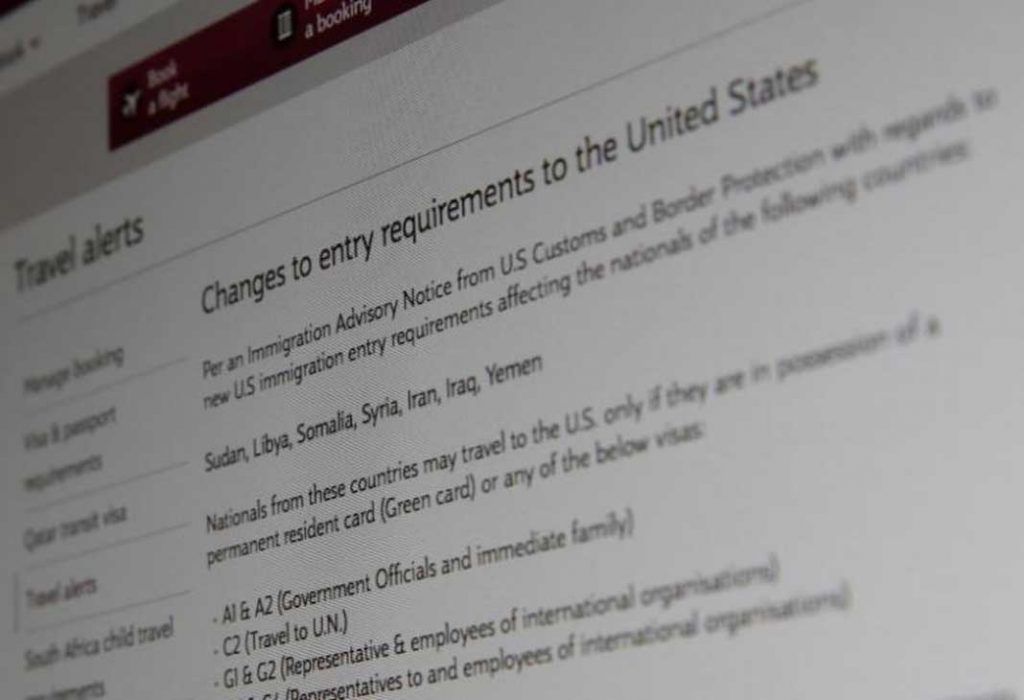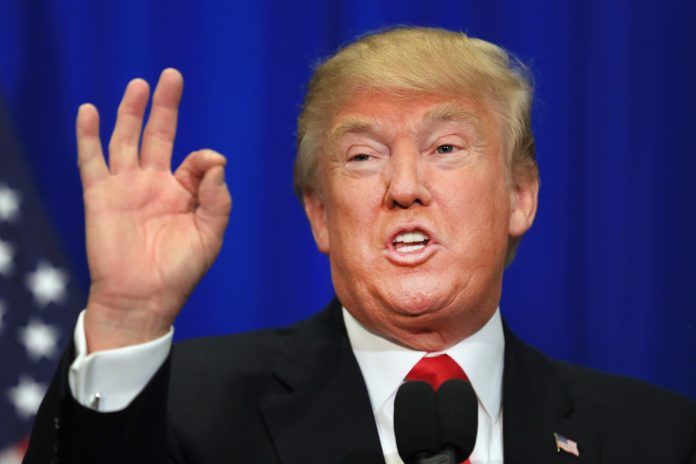May 25, 2017
By Yeganeh Torbati
WASHINGTON (Reuters) – The United States issued about 50 percent fewer visitor visas in April to citizens of seven countries covered by President Donald Trump’s temporary travel bans than it did in an average month last year, according to a Reuters analysis of preliminary government data released on Thursday.

The total number of U.S. non-immigrant visas issued to people from all countries was about 15 percent lower in April compared with the 2016 monthly average.
The April data shows the continuation of a trend identified in data for the month of March, which the State Department released last month. That data showed that citizens of the seven Muslim-majority countries under the bans – Iran, Iraq, Libya, Somalia, Sudan, Syria and Yemen – received about 40 percent fewer visitor visas in March than in an average month last year.
Trump’s travel bans have been blocked by the courts.
Citizens of the seven countries received about 2,800 non-immigrant visas in April 2017, compared with about 5,700 on average per month during the 2016 fiscal year and more than 6,000 on average per month in 2015 and 2014. Data from previous years is only available in aggregate by fiscal year, rather than month-by-month.
The State Department released the data to comply with a directive from Trump asking it to publish monthly breakdowns of the number of visas issued around the world.
The agency did not release data on the number of visa applications, so it is unclear whether the lower number of visas is because of a higher rate of rejections or other factors, such as fewer applicants or slower processing times.
“Visa demand is cyclical, not uniform throughout the year, and affected by various factors at the local and international level,” said William Cocks, a spokesman for the State Department’s Bureau of Consular Affairs.
EXECUTIVE ORDERS
Trump, who has said the travel bans were intended to make Americans safer from attacks, signed an executive order on Jan. 27 barring people from the seven countries from entering the United States for 90 days.
After the order was blocked by federal courts, the Trump administration replaced it with a revised, narrower ban which dropped Iraq from the list. Courts have also halted parts of the second order.
On Thursday, a U.S. appeals court refused to reinstate the travel ban, calling it discriminatory and setting the stage for a showdown in the Supreme Court.
Although visitor visas were down across the board for the seven targeted countries compared with last years’ averages, Iraqis in April received 349 immigrant visas, which are typically given to those with jobs or family members in the United States, compared with 305 in an average month in 2016.
Syrians also received more immigrant visas in April – 268 versus an average of 219 per month last year. All other countries targeted by one of Trump’s bans received fewer immigrant visas in April than in an average month last year.


